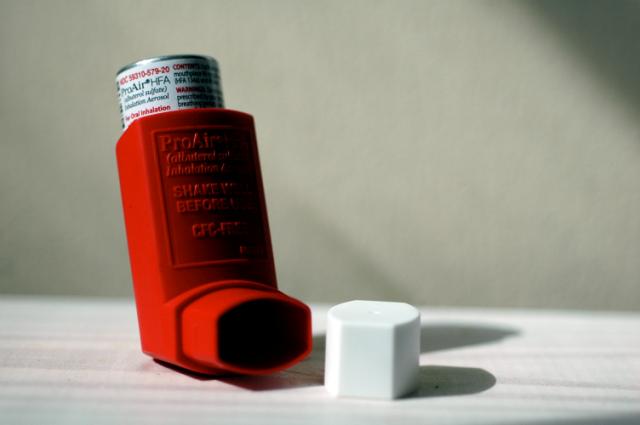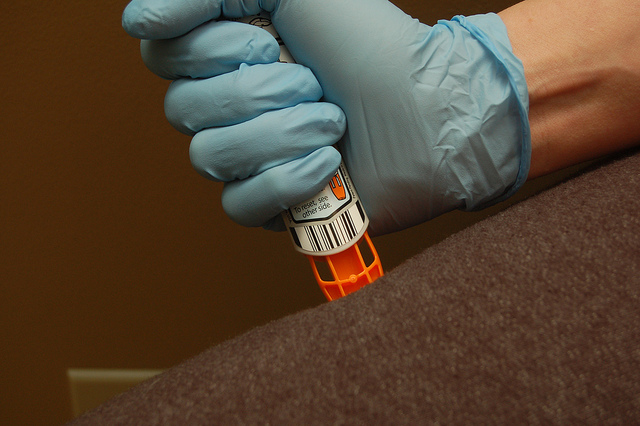The Canadian government might swap its currently fragmented drug plan for Pharmacare 2020, a universal drug plan pitched by the Liberals in promising to cut costs and increase access to prescription drugs. But an internal federal analysis points at a gaping hole in the proposal: it could drive down R&D and entry of new medicines into the Canadian drug market.
According to the Pharmacare 2020 report, Canadians pay 22 percent of all prescription drug costs out-of-pocket, adding up to $6 billion CAD each year. The report calls current Canadian drug coverage an “incomplete and uncoordinated patchwork of public and private drug plans” and suggests that a united, single-payer system will improve accessibility, fairness, safety and reduce costs.
Lowering drug prices is a major concern for Canadians, as it has been for their American neighbors. Even the costs of generic drugs, inherently cheaper than their branded counterparts, are reportedly 30 percent higher in Canada than in comparable countries like the UK. One feature of the revised national drug plan is to create a budget that accommodates an increase in generics and decrease in overall prescriptions.
But more generics could lead to fewer new drugs, reports the federal analysis, which was sent to Finance Minister Bill Morneau in 2018. That is, drug companies won’t be motivated to invest in R&D if their expensive new therapeutic will be passed up for a cheaper alternative. Companies like Mylan and GSK saw drops in sales of their respective epinephrine autoinjectors and inhalers shortly after generic versions were released.
Moreover, ongoing regulatory changes concerning drug pricing strategies are causing pharma companies to stall on pushing out new drugs, further delaying patient access to new lifesaving treatments.
The main concern is that Canada will continue falling behind in R&D.
“Since 2003, industry investment in R&D has been less than 10 per cent of sales – the target that the pharmaceutical industry committed to in exchange for more favourable patent terms in Canada,” said the briefing to Morneau. Details of the report were obtained by The Canadian Press under access-to-information law.
Compared to similar countries, Canada tops the list for highest drug prices and highest levels of spending on pharmaceuticals yet ranks the lowest for drug coverage, medicine access and R&D activities.
However, these numbers might not reflect investments in university research chairs and venture capital, according to Pamela Fralick, President of Innovative Medicines Canada (an organization that represents pharmaceutical patent holders). She says there’s a whole range of research that is not being counted.
The analysis calls for more clarity on how Pharmacare will impact overall costs. A separate parliamentary budget officer speculates that national drug coverage will cost $20 billion per year although Pharmacare 2020 estimates $4 billion to $11 billion in annual savings. Other questions that remain are who’s going to pay for this and what will become of existing private and public drug insurers.
National drug coverage will remain a hot topic leading up to the October federal election.












Join or login to leave a comment
JOIN LOGIN